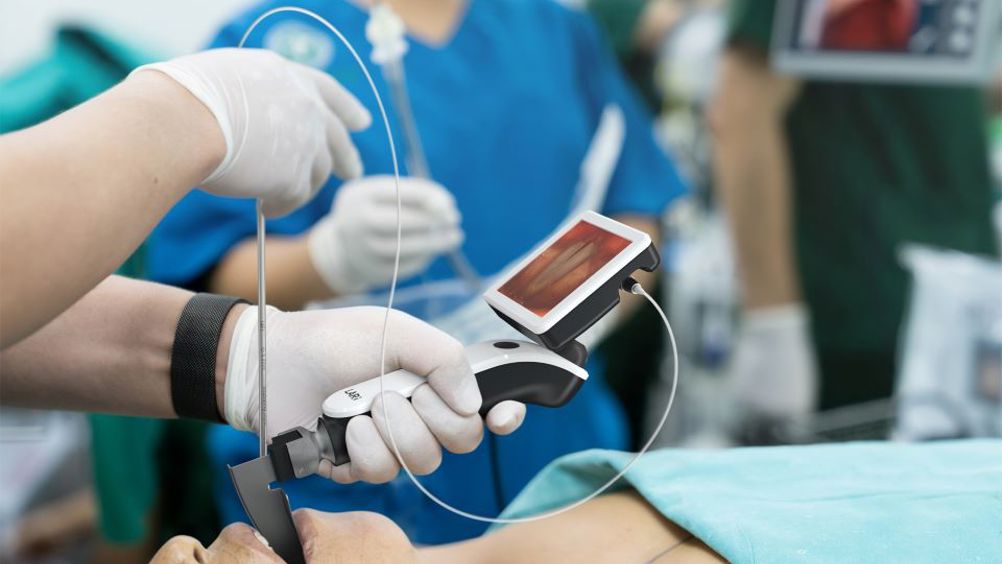Low-cost video stylet promises improved intubation
The speed and safety of patient intubation procedures look set to be improved with LARi, a low-cost, single-use video stylet that works exactly like conventional intubation stylets used by anaesthetists.

Launched at CES 2025 by St. Ives, Cambridgeshire-based 42 Technology (42T), LARi is said to integrate seamlessly into an anaesthetist’s existing workflow, while providing a real-time video feed of the entire intubation process to help navigate difficult airways and ensure proper placement in the patient’s trachea.
Craig Townsend, director of healthcare at 42 Technology, explained that intubating a patient before surgery or in an emergency setting to secure their airway, requires an anaesthetist to first use a laryngoscope to hold the patient’s tongue out of the way so they can see the vocal cords and entrance to the trachea.
“They then pass an endotracheal tube [ETT] through the vocal cords into the trachea,” he said. “However, as the ETT is flexible anaesthetists typically use a malleable metal stylet, which they pre-shape to fit the patient’s airway anatomy, to stiffen the ETT for easier insertion. Once the tube is in the correct position, the stylet is removed.”
Register now to continue reading
Thanks for visiting The Engineer. You’ve now reached your monthly limit of news stories. Register for free to unlock unlimited access to all of our news coverage, as well as premium content including opinion, in-depth features and special reports.
Benefits of registering
-
In-depth insights and coverage of key emerging trends
-
Unrestricted access to special reports throughout the year
-
Daily technology news delivered straight to your inbox










Fusion inches closer as ITER completes magnet system
I believe the purpose of ITER isn't to make usable power, it is a research project which will be used to design the first generation of actual...